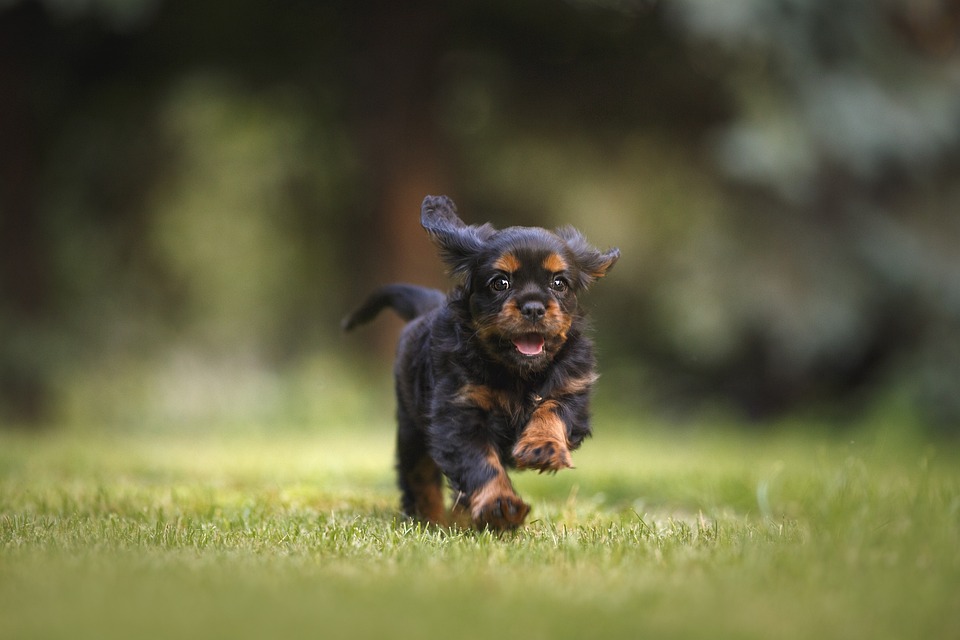Aggression in dogs is a serious issue that can have significant consequences for both the dog and those around them. It is important for dog owners and trainers to understand the underlying causes of aggression and to employ effective training techniques to address it. This article aims to provide insights into understanding and addressing aggression in dogs, as well as offering helpful training techniques for dog owners.
Understanding the different types and potential causes of aggression in dogs is essential for developing effective training strategies. Some common forms of aggression in dogs include fear aggression, territorial aggression, dog-to-dog aggression, possessive aggression, and redirected aggression. Fear aggression is often triggered by fear or anxiety and can be a response to perceived threats or unfamiliar situations. Territorial aggression occurs when a dog defends its perceived territory or resources, reacting aggressively to protect its space or belongings. Dog-to-dog aggression may be due to social dominance or past negative experiences. Possessive aggression involves guarding food, toys, or other items and may stem from resource guarding instincts. Redirected aggression occurs when a dog directs aggression towards a person or animal due to frustration or arousal caused by another stimulus, often occurring when a dog is physically restrained or unable to directly access the source of their frustration.
Addressing aggression in dogs requires a patient, consistent, and proactive approach. Positive reinforcement is an effective training technique that involves rewarding desired behaviors with treats, praise, or toys, helping to encourage calm and non-aggressive behaviors. Counterconditioning is another technique that involves pairing the presence of a trigger with positive experiences or rewards, gradually changing the dog’s emotional response to the trigger. Desensitization is a process of gradually exposing the dog to the trigger at a distance or intensity they can handle without displaying aggression, slowly increasing exposure over time to build tolerance. Behavior modification is another important aspect of training aggressive dogs, which involves working with a professional dog trainer or behaviorist to develop a tailored training plan, utilizing techniques such as operant conditioning and systematic desensitization.
Some frequently asked questions regarding aggression in dogs include whether all aggressive dogs can be rehabilitated, whether punishment should be used, how long it takes to see progress in an aggressive dog, and whether aggressive dogs should be socialized with other dogs. While not all dogs can be completely cured of aggression, many can be successfully rehabilitated with the right training and management strategies. Punishment-based techniques can often escalate aggression and worsen the problem, so it is best to focus on positive reinforcement and reward-based training methods. The timeline for progress varies depending on the dog and the severity of aggression, but it may take weeks or months of consistent training to see significant improvements. Socialization should be approached cautiously and under the guidance of a professional, as gradual and controlled exposure to other dogs in a controlled environment can help address dog-to-dog aggression.
In conclusion, understanding and addressing aggression in dogs requires knowledge, patience, and professional guidance. By employing effective training techniques such as positive reinforcement, counterconditioning, and desensitization, dog owners can work towards reducing aggression and creating a safe and harmonious environment for their furry companions. It is important for dog owners to seek professional help when dealing with aggression to ensure the best outcomes for both the dog and those around them.









